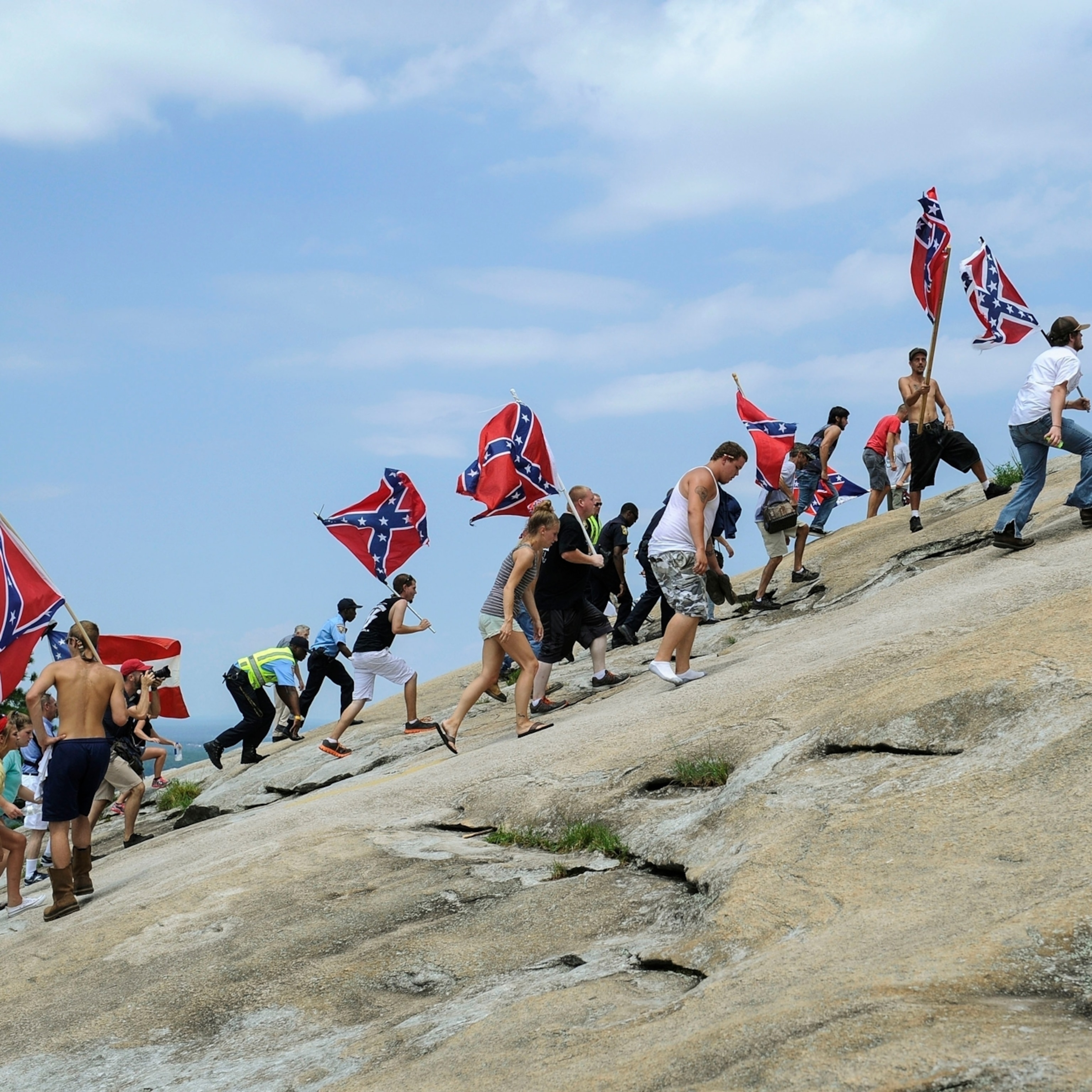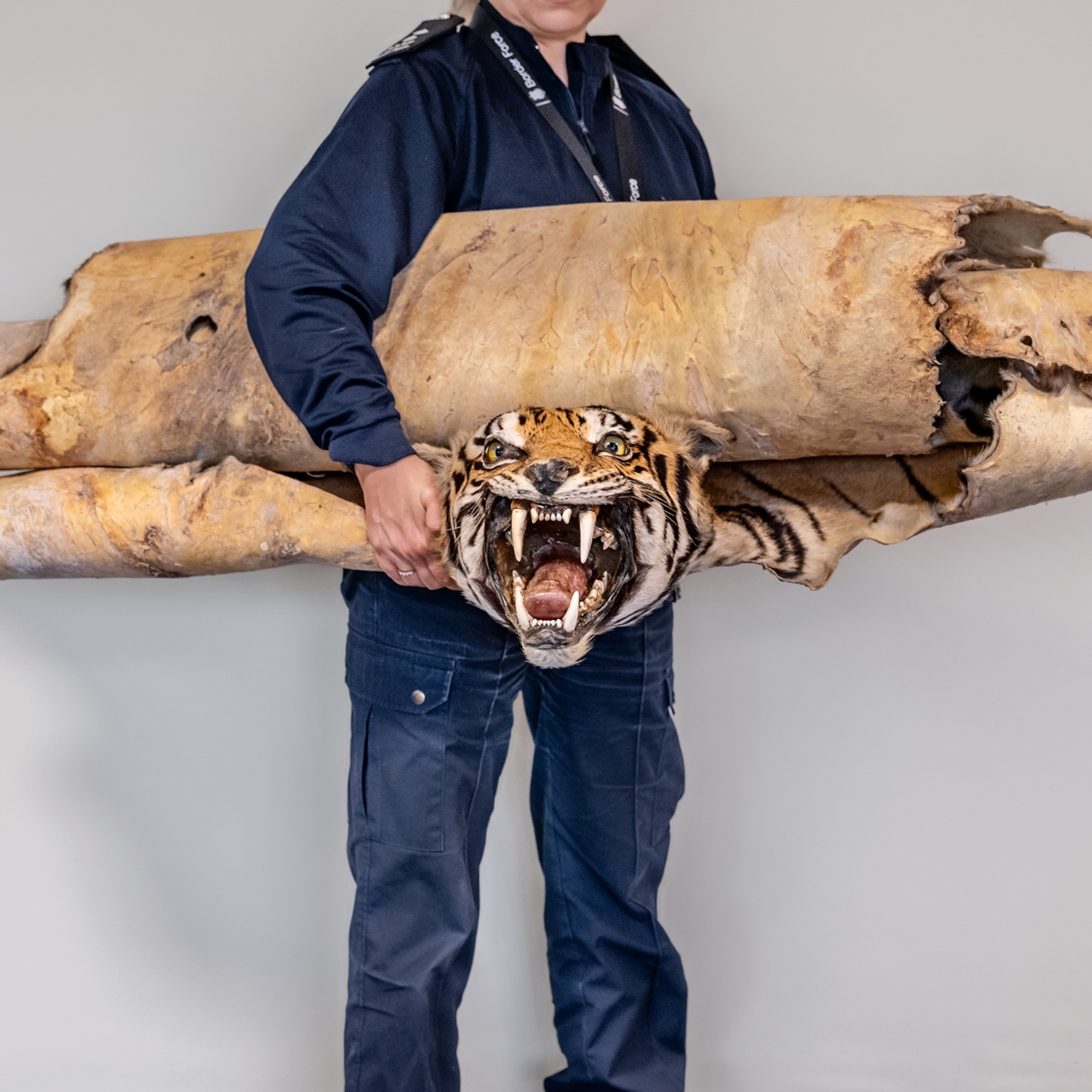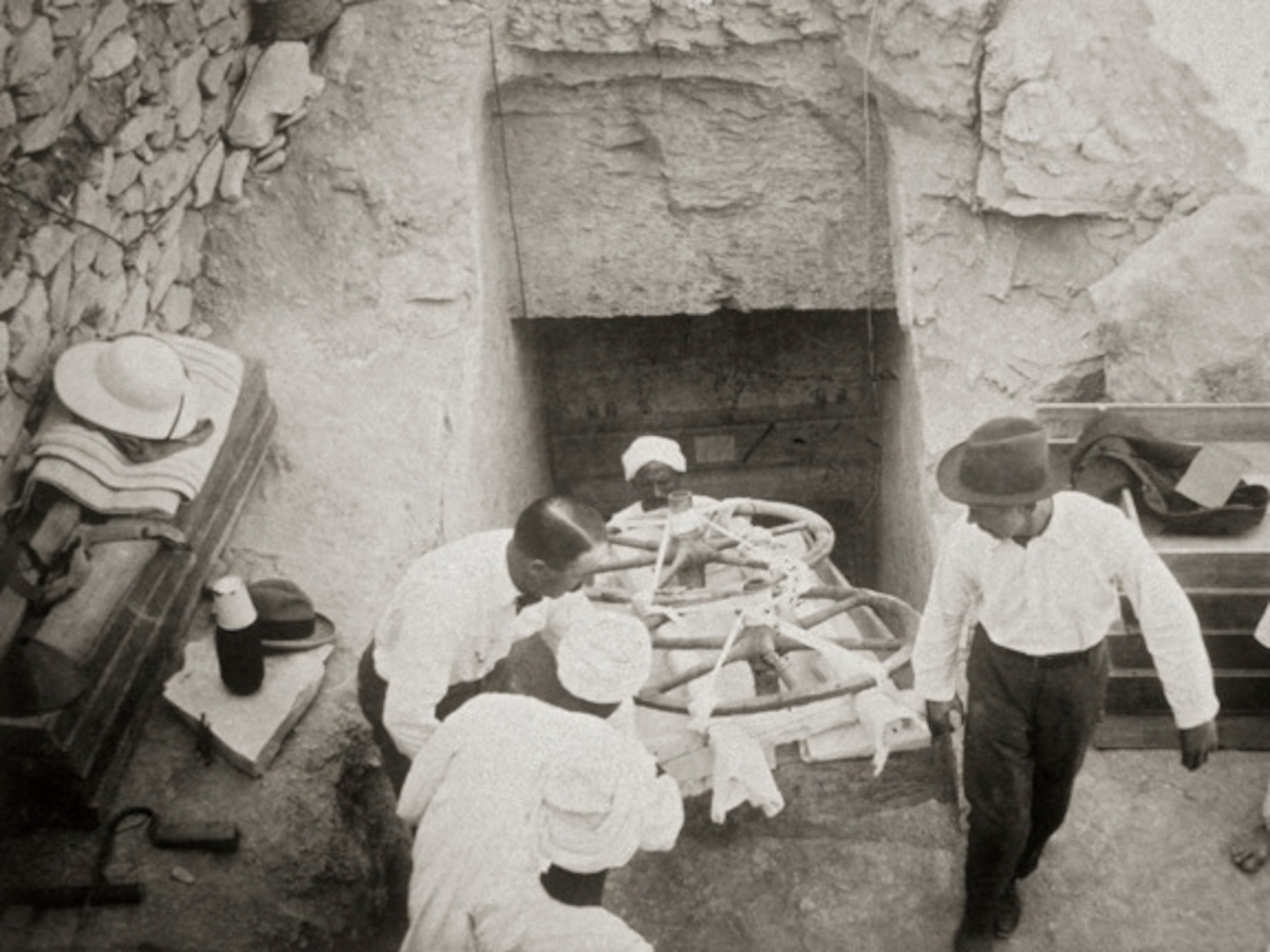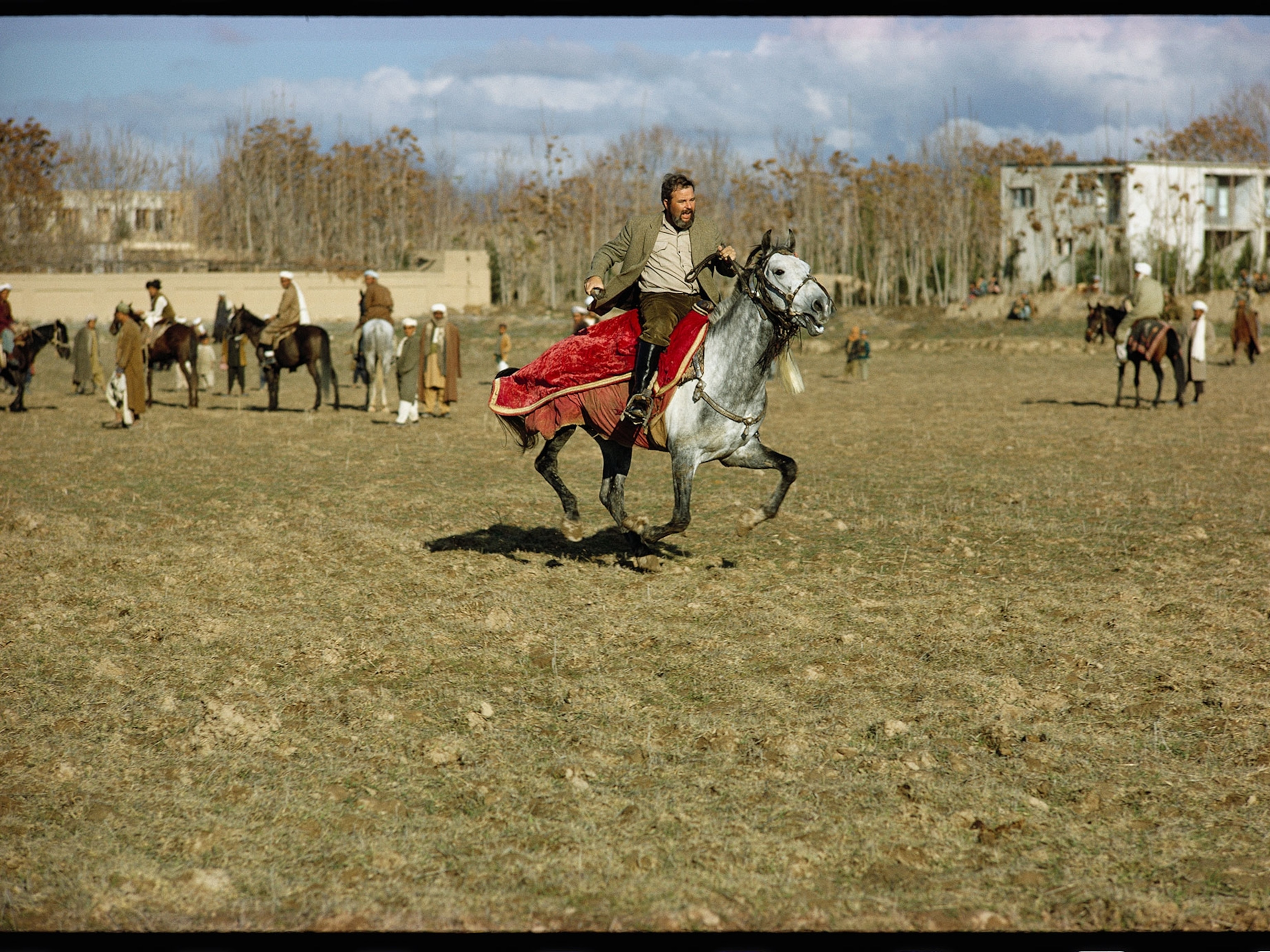
'Not even a single security guard was posted in the rotunda'
A veteran political reporter watches a democratic ceremonial rite spiral into an episode of mob violence.
Shortly before one o’clock in the afternoon on Wednesday, January 6, 2021, Vice President Mike Pence led a silent, regal procession of 100 U.S. senators across the rotunda of the U.S. Capitol towards the House of Representatives. The men and women of that elite body all wore masks and their footsteps echoed in the marble corridor. It was the ceremonial fulfillment of a rite in our democratic system: the official counting of electoral votes to formalize the November election of America’s president. Ordinarily it’s a pro forma affair, meant to pass unnoticed. Despite objections to the process that Republicans had been telegraphing for days, there was every reason to believe that the usual traditions would ultimately play out by the end of the day—except for something I had heard just a few minutes earlier, while in the Capitol’s basement cafeteria.
What I had heard, coming over the walkie-talkie of a nearby Capitol policeman, was that a “bomb-like device” had been discovered a few blocks away, next to the Republican National Committee headquarters. Hearing the news, three policemen rushed out. I left just after they did. I knew then that nothing would go as planned.

After watching the vice president and the senators file into the House chambers, I decided to see whether trouble was sprouting elsewhere in the Capitol. Owing to the pandemic and to the presence of the vice president, only authorized staff and media were allowed inside the building. Not even a single security guard was posted in the rotunda. As I took the stairs to the first floor, a Capitol policeman hustled past me in the opposite direction. He seemed not to have noticed me, and I wondered what was on his mind.
At the exit to the western terrace, a half-dozen policemen burst into the building. Their faces were red, and their eyes were swollen. They were looking for water to flush out pepper spray. One called for a medic. Another ran down the hallway, banged on the door of the women’s restroom, and staggered inside. Two office workers rummaged through a cabinet, found a couple of buckets, and began filling them with water. I carried them to a policeman, who grabbed them, and headed back outside, where a couple of policemen had retreated from the mob and were seeking medical aid.
A young policeman leaned against the wall inside, his chest heaving as he tore open an aluminum bag and pulled out a gas mask. I asked him if they had sprayed the protesters.
“No,” he gasped. “They’re throwing containers at us.”


The mob outside was growing louder and the plainly overmatched police force was becoming palpably anxious. The exits to the Capitol had been sealed off. I took the long tunnel to the House Cannon Office Building, only to find out that it had been evacuated. Dozens of nervous staffers were huddled in the corridors. A few reporters for foreign media outlets were interviewing them. I learned from a security guard that the only way out of the entire Capitol complex was through the underground garage of the Rayburn House Office Building.
The air was cold and charged with something I had felt before—but in Somalia, Afghanistan, Iraq, Yemen, and the Democratic Republic of the Congo, never in America. Sirens raged and occasionally a blaster pistol went off. The thousands surrounding the Capitol—mostly maskless—were at times chanting, USA! USA! But the more persistent noise was a disordered and visceral clamor. An hour earlier in the Capitol, I had heard policemen say that Constitution Avenue was closed. This was not the case. Protesters roamed freely. Police were running about, though to no obvious tactical end. A half dozen were lined up along the steps of the Supreme Court. A few had stopped a car, surrounded it, and demanded that the driver step out. “You picked the wrong day for this, buddy,” I heard one of the officers say. (Terrifying pictures show chaos as mob storms U.S. Capitol.)

Some of the demonstrators—most of them—seemed to be there for the sake of camaraderie and as a show of support for their defeated president. I’d seen some teeming around nearby hotels, clearly identifiable by their red caps. They seemed like the chatty and sometimes over-heated but for the most part unthreatening folks I’d talked to at campaign rallies in years past.
But there were also many dozens of others—men, mostly young and bearded—who conveyed more hostile ambitions. They wore combat gear and carried bulging camo backpacks. They moved about in small packs with a brisk intentionality, as if they had a plan. As if we might be reading about them later.
There was a third group, perhaps the most unsettling, because they seemed more like the type you would stand next to at the grocery store check-out line or at a football game—people ordinarily disinclined to violence. One of these was a man in his fifties, dressed in red garb, instructing two teenagers who appeared to be his sons in a loud quavering voice: “Freedom isn’t free. Sometimes you have to fight for it, like our forefathers did. I think today is that day.”



About a half hour after I heard those words, the mob burst through security and into the Capitol, rampaging unimpeded onto the Senate floor. The members of the House and Senate were escorted to undisclosed locations. Mayor Muriel Bowser announced a citywide curfew starting at six in the evening.
On my taxi ride home, a friend from Italy texted me: “I cannot believe that this can happen in America!!!” When I posted that message on Twitter, I received similar replies from Switzerland, the Netherlands, and Luxembourg. The world was watching with horror as American democracy was attacked from within.
The nation’s capital is not a stranger to violence. The British razed much of the city to the ground in 1814. Twenty-five years later, a white lynch mob took over the city for days, in what would become known as the Snow Riot (named for the Black owner of the restaurant that became the focus of the violence). Another sustained pillaging by whites of poor black communities in southwest D.C. occurred in 1919. Following the assassination of Martin Luther King Jr. in 1968, several mostly Black neighborhoods were ransacked. (Here's the Capitol Building's turbulent history of bombings, assassination attempts, and violence.)
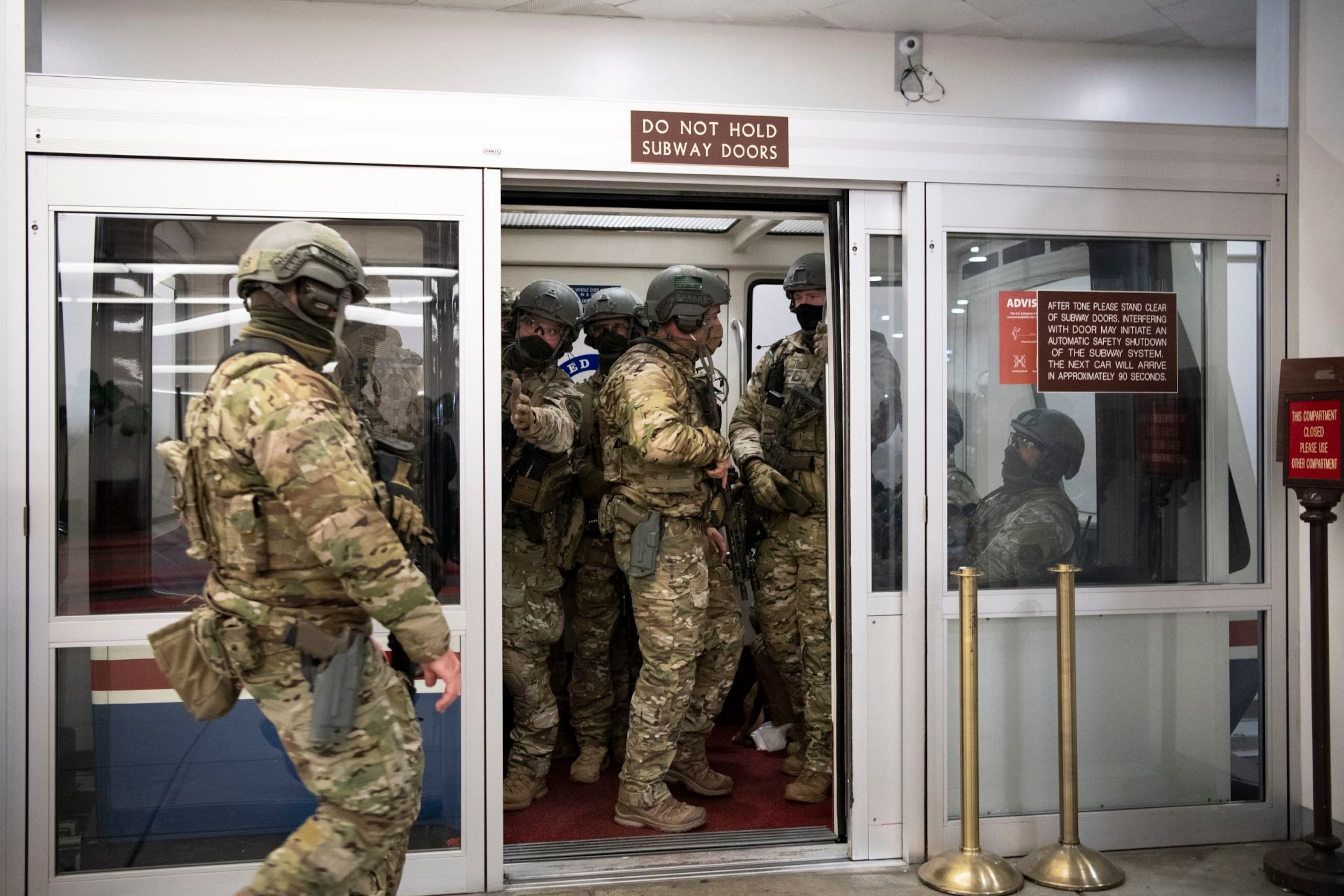

Still, a special significance is conveyed when American citizens lay siege to the hallowed building where their elected representatives convene to act on the nation’s behalf. It is a striking spectacle more commonly associated with dictatorships than democracies. That the Venezuelan government would (perhaps with feigned sincerity) tweet out its sympathies for our embattled capital city is a painful reminder that American exceptionalism only exists when our exceptional ideals are matched by civil behavior.
Washington is a deeply imperfect American city. It is riven with racial inequality, unchecked gentrification, and a growing income gap. But it is also a livable city with a thriving middle class, neighborhoods of distinct character and engaged communities that aren’t afraid to voice their discontents. It is all these things while also dutifully absorbing one new national governing ecosystem after the next. I was among the annoying legion of Texans who moved to Washington after George W. Bush did, to write a book about his presidency. I didn’t expect to stick around. I certainly didn’t expect to develop any affection for what is commonly caricatured as a hamlet of starchy and over-educated politicos. Over time, Washington and I got to know each other. Being from Texas, I’m accustomed to living in a place that brags about itself incessantly. Washington doesn’t have to. Denigrated though it may be, the city is essential. It is all of ours.

I was standing outside on Constitution Avenue, murmuring in astonishment as the mob surged its way into the Capitol. Watching the videos of what took place later, I struggled to assume a kind of anthropological detachment as the protesters streamed boisterously into the hallways that I had found to be uninhabited only an hour or so beforehand. They clambered through Statuary Hall, a glorious architectural feat of symmetry and acoustic perfection, all marble and bronze and natural light. A few of them seemed to slow in momentary wonderment. Likely they had never visited this fabled space before. There were no law enforcement officials in sight. Surrounding them instead were the grim-faced statues of yesteryear’s American statesmen and a few stateswomen, many of whom had devoted their lives to defending democratic institutions like the one that was being looted. (Watch a National Geographic photographer as he wades into chaos at the U.S. Capitol.)
By the end of that interminable evening, 52 protesters had been arrested—half at the Capitol, the rest during the curfew. Four died, one killed by a gunshot. Fourteen police officers were injured. Congress reassembled in the House under heavy escort. Vice President Pence counted each state’s electoral votes and declared Joe Biden to be the new president of the United States. The system held, but a deeper fracture had been revealed, there for all the world to see.

